National Archeological Museum of the Bulgarian Academy of Sciences
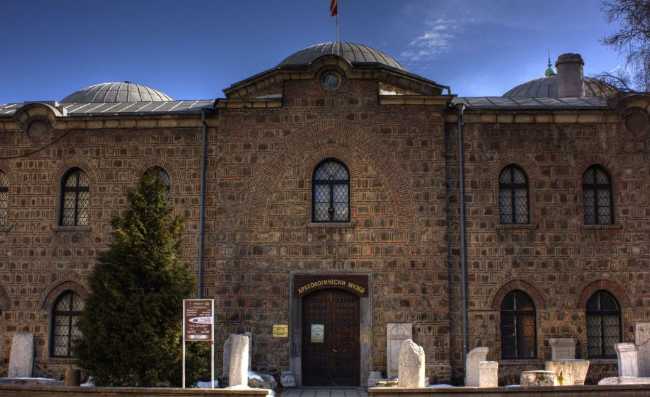
Housed in a former 15th-century Ottoman mosque in central Sofia, the National Archaeological Museum of the Bulgarian Academy of Sciences is the country’s oldest and most prestigious archaeological institution. Officially opened in 1905, it brings together centuries of Bulgarian history under one roof, from the Paleolithic era to the late Middle Ages. The museum’s five exhibition halls—Prehistory, Antiquity, Middle Ages, Treasure, and Temporary Exhibitions—showcase a wealth of artifacts including Thracian gold, Roman statuary, medieval weaponry, and ancient inscriptions. As both a museum and a research institute, it plays a vital role in archaeological scholarship and conservation across Bulgaria. The building’s austere stone architecture and vaulted interiors create a powerful backdrop for the nation’s material heritage. Managed by the Bulgarian Academy of Sciences, the museum is not only a cultural landmark but also a hub for academic inquiry, offering visitors a compelling journey through the layers of Bulgaria’s past.
Sofia BulgariaThe National Archaeological Museum of the Bulgarian Academy of Sciences is centrally located at Atanas Burov Square 1, in the heart of Sofia. Housed in the city’s largest and oldest former Ottoman mosque, the museum is a striking 15th-century building just a short walk from key landmarks such as the Presidency, the Council of Ministers, and the bustling pedestrian Vitosha Boulevard. The museum’s extensive exhibits cover Bulgaria’s history from prehistory through the Middle Ages, featuring Thracian, Greek, Roman, and medieval treasures, including gold jewelry and ancient artifacts. Its prime location puts visitors within easy reach of Sofia’s main attractions, including the iconic Alexander Nevsky Cathedral, the National Art Gallery, the Rotunda of St. George, and the lively Serdika archaeological complex, making it an essential stop for anyone exploring the city’s rich historical and cultural heritage.
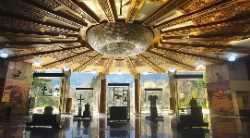 National Historical Museum
Sofia
National Historical Museum
Sofia
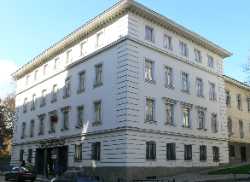 National Museum of Natural History
Sofia
National Museum of Natural History
Sofia
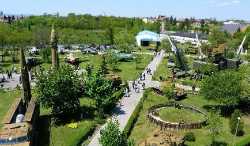 National Museum of Military History
Sofia
National Museum of Military History
Sofia
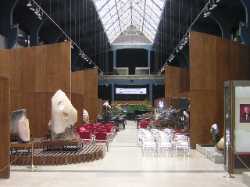 Earth and Man National Museum
Sofia
Earth and Man National Museum
Sofia
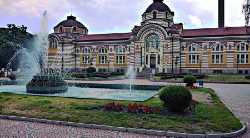 Sofia History Museum
Sofia
Sofia History Museum
Sofia
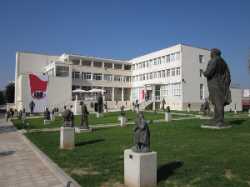 Museum of Socialist Art
Sofia
Museum of Socialist Art
Sofia
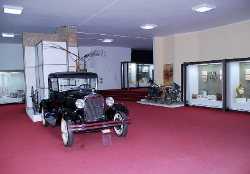 National Polytechnic Museum
Sofia
National Polytechnic Museum
Sofia
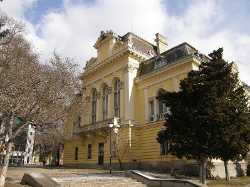 National Ethnographic Museum
Sofia
National Ethnographic Museum
Sofia
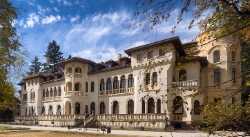 Vrana Palace
Sofia
Vrana Palace
Sofia
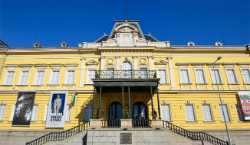 National Art Gallery
Sofia
National Art Gallery
Sofia
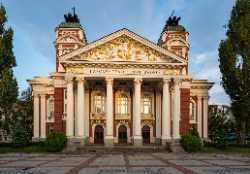 Ivan Vazov National Theatre
Sofia
Ivan Vazov National Theatre
Sofia
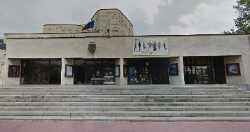 Sofia Theatre
Sofia
Sofia Theatre
Sofia
 Satirical Theatre
Sofia
Satirical Theatre
Sofia
 Sofia Puppet Theatre
Sofia
Sofia Puppet Theatre
Sofia
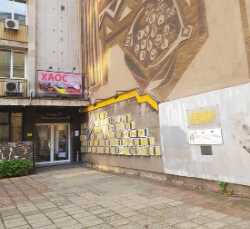 Theatre 199
Sofia
Theatre 199
Sofia
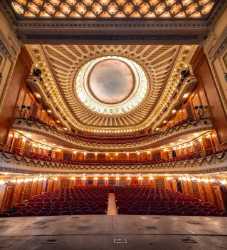 National Opera and Ballet
Sofia
National Opera and Ballet
Sofia
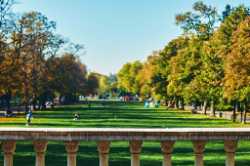 Borisova Gradina
Sofia
Borisova Gradina
Sofia
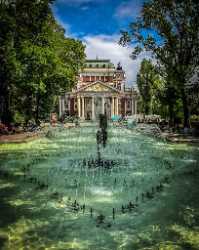 City Garden
Sofia
City Garden
Sofia
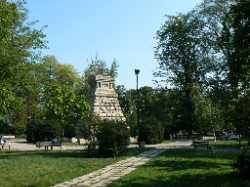 Doktorska Gradina
Sofia
Doktorska Gradina
Sofia
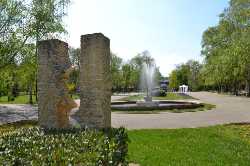 Zaimov Park
Sofia
Zaimov Park
Sofia
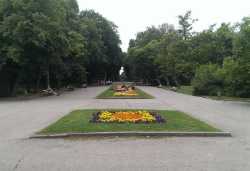 Zapaden Park
Sofia
Zapaden Park
Sofia
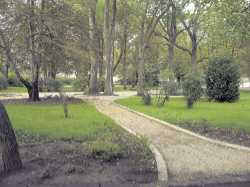 North Park
Sofia
North Park
Sofia
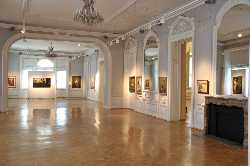 National Art Gallery
Sofia
National Art Gallery
Sofia
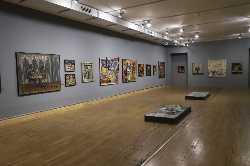 Sofia City Art Gallery
Sofia
Sofia City Art Gallery
Sofia
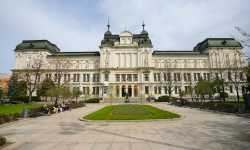 Gallery of Foreign Art
Sofia
Gallery of Foreign Art
Sofia
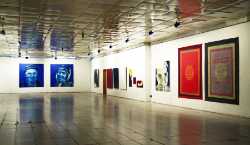 Shipka 6 Art Gallery
Sofia
Shipka 6 Art Gallery
Sofia
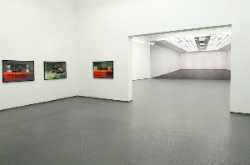 Rayko Aleksiev Gallery
Sofia
Rayko Aleksiev Gallery
Sofia
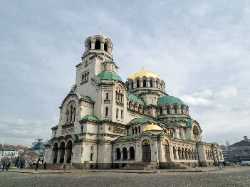 Alexander Nevsky Square
Sofia
Alexander Nevsky Square
Sofia
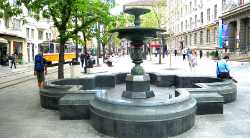 Slaveykov Square
Sofia
Slaveykov Square
Sofia
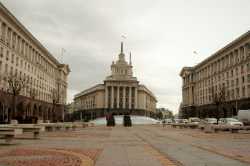 National Assembly Square
Sofia
National Assembly Square
Sofia
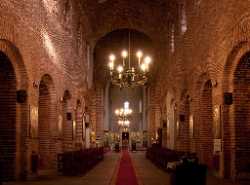 Saint Sophia Church
Sofia
Saint Sophia Church
Sofia
 Rotunda of St. George
Sofia
Rotunda of St. George
Sofia
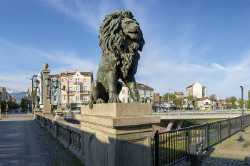 Lions' Bridge
Sofia
Lions' Bridge
Sofia
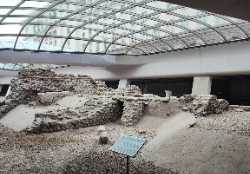 Largo Archaeological Complex
Sofia
Largo Archaeological Complex
Sofia
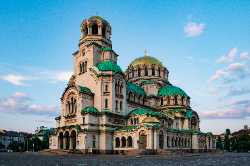 Alexander Nevsky Cathedral
Sofia
Alexander Nevsky Cathedral
Sofia
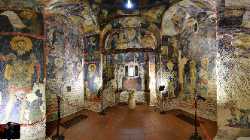 Boyana Church
Sofia
Boyana Church
Sofia
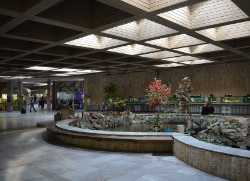 Sofia Zoo
Sofia
Sofia Zoo
Sofia
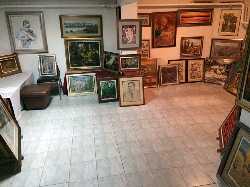 PALITRA Gallery
Sofia
PALITRA Gallery
Sofia
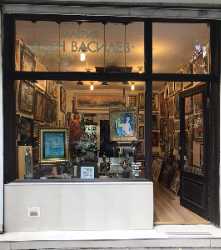 Asen VASSILEV Gallery
Sofia
Asen VASSILEV Gallery
Sofia
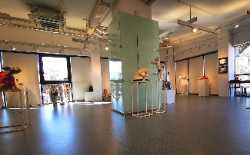 SERDICA Gallery
Sofia
SERDICA Gallery
Sofia
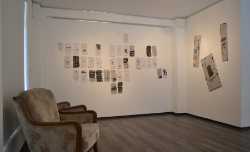 ETUD Gallery
Sofia
ETUD Gallery
Sofia
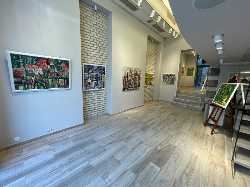 NUANCE Gallery
Sofia
NUANCE Gallery
Sofia
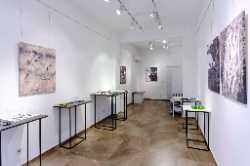 INTRO Gallery
Sofia
INTRO Gallery
Sofia
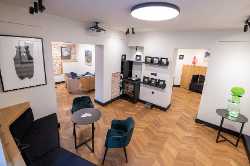 Little Bird Place
Sofia
Little Bird Place
Sofia
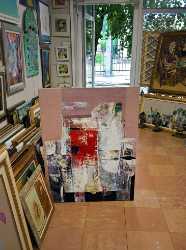 MAESTRO Gallery
Sofia
MAESTRO Gallery
Sofia
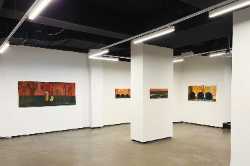 ONE Gallery
Sofia
ONE Gallery
Sofia
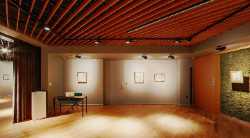 San Stefano Gallery
Sofia
San Stefano Gallery
Sofia
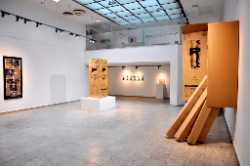 Gallery Credo Bonum
Sofia
Gallery Credo Bonum
Sofia
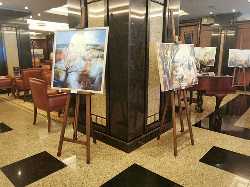 Minerva Gallery
Sofia
Minerva Gallery
Sofia
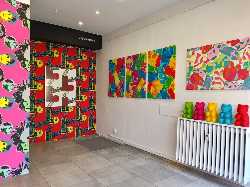 Depoo Gallery
Sofia
Depoo Gallery
Sofia
 Loran Gallery
Sofia
Loran Gallery
Sofia
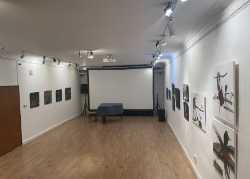 Rakursi
Sofia
Rakursi
Sofia
 Gallery Paris
Sofia
Gallery Paris
Sofia
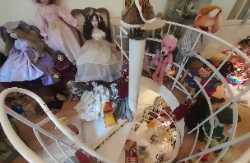 Puppet Museum
Sofia
Puppet Museum
Sofia
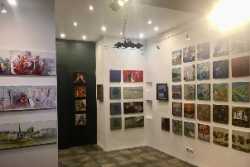 Astry Gallery
Sofia
Astry Gallery
Sofia
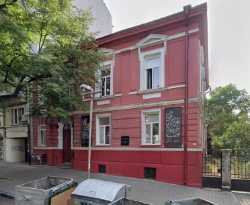 Galeriya Gaya
Sofia
Galeriya Gaya
Sofia
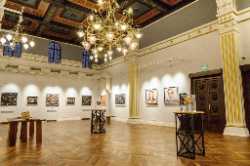 OBORISHTE5 Gallery and Hall
Sofia
OBORISHTE5 Gallery and Hall
Sofia
 Stubel Gallery
Sofia
Stubel Gallery
Sofia